The Metro-2 system is shrouded in mystery, an underground rail network rumored to exist beneath Moscow’s already fascinating Metro system. Allegedly built for the Soviet elite, whispers suggest it remains operational, possibly extending into a multi-level subterranean residence. Could these claims be more than just urban legends?
1. A Long History Of Secret Underground Projects
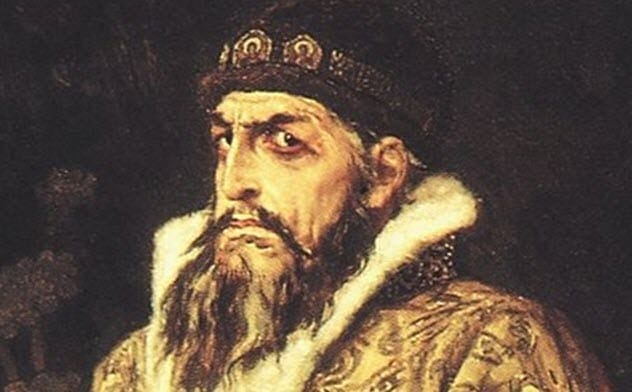
Russia’s fascination with underground structures predates the Moscow Metro. Centuries ago, secret chambers held invaluable ancient texts under the Kremlin, only to vanish mysteriously in the 1500s. Were they destroyed, or are they still hidden?
Later, Ivan The Terrible constructed his underground network, a place for imprisonment, torture, and murder. Workers involved in these dark projects were allegedly executed to protect the secrets, adding a chilling layer to the historical narrative.
2. Materials From Many Historic Buildings Make Up The Underground
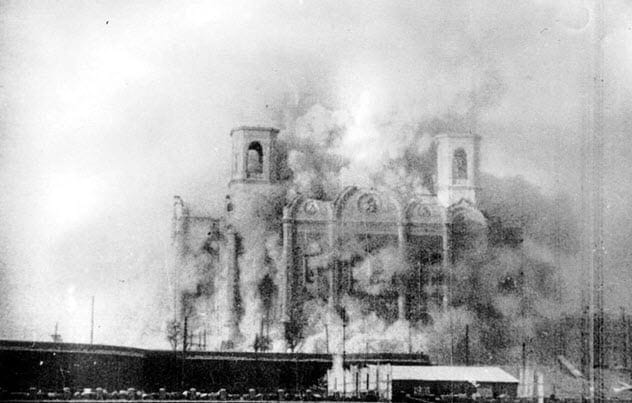
The construction of the Moscow Metro and Metro-2 supposedly utilized materials from demolished historic buildings, including those belonging to the Russian royal family. Under Stalin’s orders in the 1930s, these buildings were stripped of usable resources.
This act, masked as a return of wealth to the people, involved dismantling historically significant structures. It highlights the underlying motivations behind such ideological actions.
3. Much Was Constructed By Hand
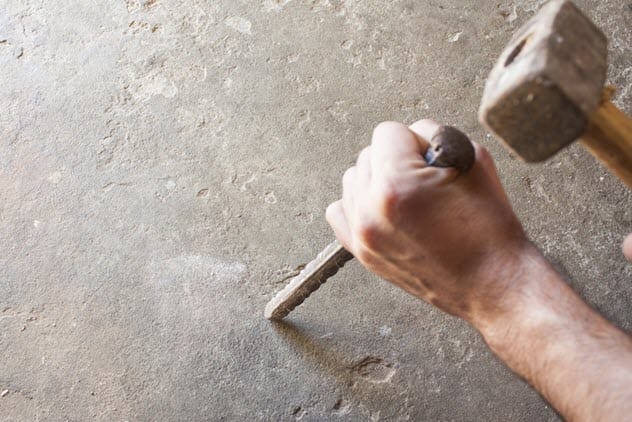
The Moscow Metro was largely built by hand, officially due to a lack of machinery and to showcase Soviet citizens’ dedication. However, rumors suggest many workers were political opponents subjected to forced labor.
Those involved in constructing the secretive Metro-2 were carefully selected for their ideological alignment. The work was grueling, emphasizing the intense effort required to create these underground systems.
4. They Were Perhaps Created Out Of Paranoia

The impetus behind Metro-2 was likely paranoia. Post-World War II, animosity towards Stalin grew, leading to concerns about his safety. The Metro-2 system and its living quarters were designed as an escape route.
This network provided Stalin and his loyalists a sanctuary in case of a revolution, accessible only to a select few, reinforcing its secretive nature.
5. Only Those With Clearance Could Enter Metro-2
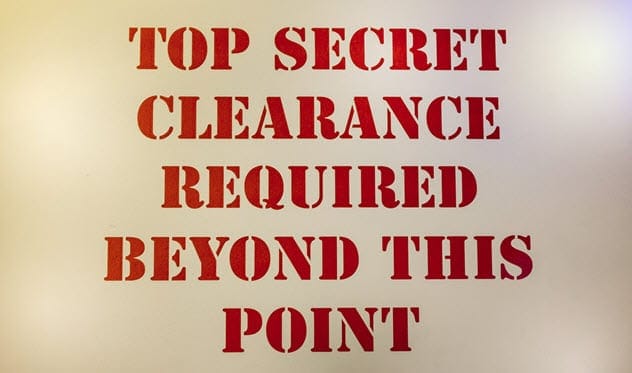
Access to Metro-2 was restricted to individuals with top-secret clearance, primarily the elite. This exclusivity seems to persist even today, unofficially. Many requests to explore the tunnels have been denied, fueling speculation.
Rumors suggest that as late as 2008, the Moscow Metro trade union sought drivers for “secret routes.” The refusal to allow inspections raises questions about what might be hidden beneath Moscow.
6. They Only Run Short Trains On Very Exclusive Lines
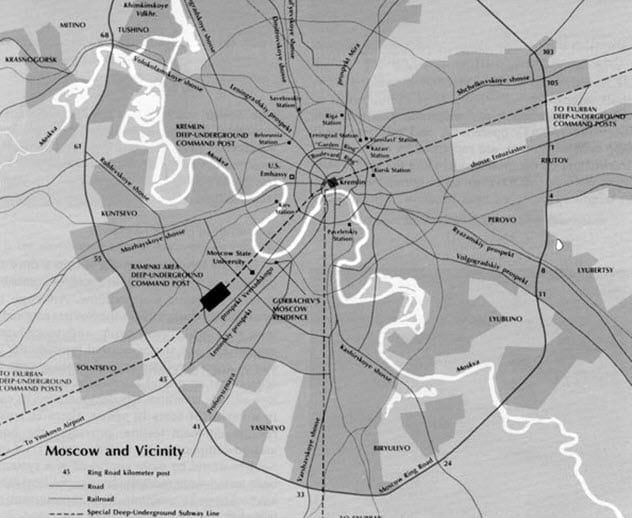
Reports, though requiring caution, describe exclusive lines with short trains—often a single passenger car—to maximize safety and secrecy. Researcher Yuri Zaitsev claims four secret lines connect key Moscow locations.
Former government minister Mikhail Poltoranin supported these claims, stating that Metro-2 extends to the suburbs, providing an escape route from nuclear attacks and capable of hiding many people.
7. Many Former Politicians And Defectors Have Spoken Of The Metro-2’s Existence
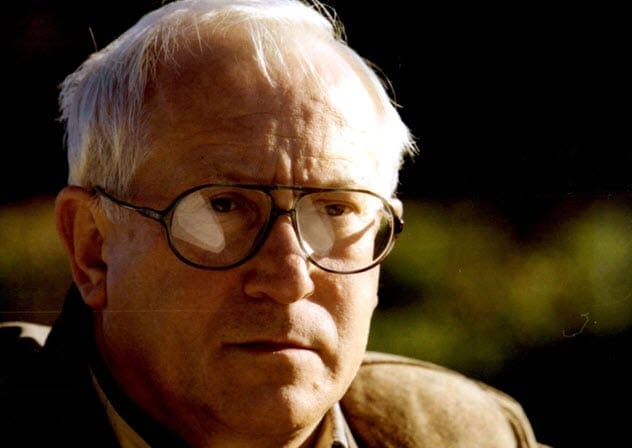
Since the Soviet Union’s collapse, numerous high-ranking politicians have confirmed Metro-2’s existence. Alexander Muzykantskiy, a former information minister, stated it was designed to protect senior military and political leaders during armed conflicts, including nuclear war.
Defector Oleg Gordievsky warned of a vast underground city and communication network, never to be revealed. These claims, though intriguing, are potentially mixed with disinformation.
8. They Led To Top Secret Underground Bunkers

The Metro-2 line connected to several underground bunkers designed to withstand nuclear attacks. These were not mere emergency rooms but luxurious accommodations for extended stays.
Whistleblowers claim these bunkers were exclusively for high-ranking Communist Party members and their families, offering opulent underground living spaces.
9. Ramenki-43: A City Under A City

The existence of “Ramenki-43,” a city beneath Moscow, is another intriguing rumor. Developed as a refuge for the Soviet elite during nuclear war, this secret city could house around 15,000 people.
A former KGB officer told Time magazine that Ramenki-43 is multi-leveled and connected to other secret locations. Abandoned lots near Moscow State University allegedly provide access.
10. Many ‘Vacant Lots’ Lead To The Underground
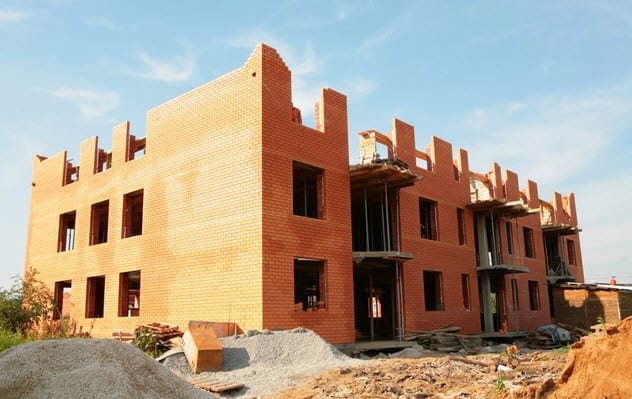
Secret entrances to Metro-2 are rumored to be in unfinished buildings around Moscow, ranging from hospitals to parking lots. These vacant lots attract unsavory individuals and the homeless.
Whether anyone has stumbled upon these secret entrances remains unknown, adding to the mystique of Moscow’s underground secrets.
The Metro-2 remains an enigma, a blend of historical fact, political intrigue, and urban legend. The consistent whispers from defectors, politicians, and researchers keep the mystery alive, inviting us to wonder what truly lies beneath the streets of Moscow.
Leave your comment below and share your thoughts on the mysteries of the Metro-2!










